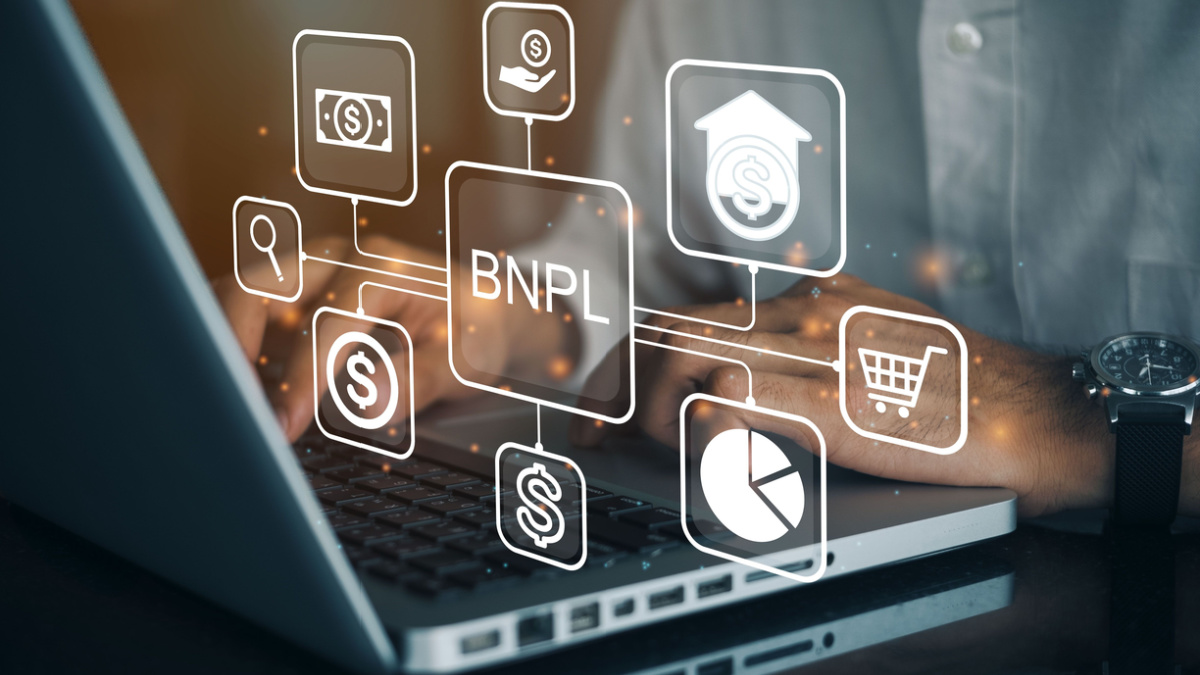As the BNPL sector continues to evolve and find its place in the global payments ecosystem, Iryna Agieieva – Head of Product, Payments at Mollie – writes for Payment Expert analysing the value in B2B BNPL.
A tricky economy means a tricky year for BNPL
BNPL accounted for 6% of ecommerce transactions in the UK last year, but how will the ‘superstar’ of payment methods fare in an economic downturn? 2023 will undoubtedly see a reduction in consumer spending and when they do spend, we’ll see more consumers using BNPL to avoid interest-bearing credit cards. BNPL has the potential to shed its perceived negative image as it becomes more widely recognised as not just as a convenient way to pay, but as a legitimate cost-saving strategy.
For consumers, the advantages of using BNPL services are obvious, no interest charges, improved experience, cash flow management and convenience. And when it comes to checking out online, customers are more willing to buy when BNPL is an option. This is especially true when your shop sells lifestyle, design and other aspirational products.
But what’s in it for businesses and what should they look out for as BNPL’s popularity grows?
Why offer BNPL as a business?
- Higher conversion: Eliminating friction in the checkout process is the quickest way to improve cart conversion rates. Multiple payment options are proven to increase sales, but BNPL goes a step further by removing the issue of not having enough money at the exact moment of purchase. It also removes the psychological barrier of a lump sum, making it particularly popular for big ticket items like holidays and furniture.
- Improved customer acquisition: As of 2022, around 360 million people around the world and more than 17 million consumers in the UK have used BNPL services, with similar trends in Europe. Offering the payment methods your customers want is an obvious business choice, but this is especially relevant if your business sells products that are not particularly unique. Businesses that compete on price or offer products very similar to other businesses may lose customers to competitors that do offer BNPL options.
- Increased spend per customer: Offering BNPL almost guarantees increased consumer spending. Two-thirds of UK retailers reported improvements in sales and performance metrics as a direct result of implementing BNPL. Nearly half of all retailers reported that customers made more frequent purchases with BNPL, leading to revenue growth and improved profits.
What’s the risk?
There are two main considerations when offering BNPL in your ecommerce shop: money and reputation.
Most BNPL companies charge merchants fees per transaction based on the transaction amount and also the yearly transaction volume – the same as cards (debit and credit). BNPL companies incur costs due to the required credit checks and the fact that they pre-fund credit to consumers. As a result, the fees associated with BNPL tend to be higher compared to methods like bank transfers. However, an important advantage for merchants is that BNPL providers assume the risk if consumers fail to make their payments. This added benefit provides a level of protection for merchants. The rising interest rates amidst the economic downturn across Europe is a cause for concern, particularly given how important margins are for merchants. Increased rates mean increased fees applied by BNPL providers. Also, the additional credit evaluation process can impact conversion rates. Merchants should be aware of these factors when offering BNPL, as they can affect both customer conversion and overall costs.
The second consideration when offering a BNPL option is customers’ perception of your business. BNPL has some stigma attached to it. However, in order to tackle this perception, an increasing number of BNPL providers are paying more attention to the financial wellbeing of the consumer. This is a positive step and, compared to traditional credit or debit cards, helps consumers avoid falling into a debt scenario and any financial trouble. BNPL providers make sure all terms and conditions, as well as reminders of payments in advance, are spelt out clearly.
What’s next for BNPL?
BNPL services remain popular and providers know they need to maintain their financial integrity. Providers that have been in the space for a long time know they have to be responsible – they are not incentivised to hand out credit to people unable to repay as they would have to compensate for these losses. BNPL providers have never been so conscious and aware of the financial situation of its consumers and are increasingly accepting responsibility. Moreover, many people with low credit scores who are unable to obtain a bank loan, continue to pay their BNPL instalments reliably. Financially weaker consumers can use these products to regain some financial stability and, in some cases, rebuild their credit scores.
However, some BNPL providers will discover that their pricing model might not withstand the pressures of the economic downturn and we expect that costs to merchants might increase further. And as defaults rise, more BNPL applications will be declined.
Finally, we’re already seeing authorities ramp up their consumer protection efforts due to the macroeconomic climate and rising consumer debt. When regulation lands, it will be here to stay. And initial industry reactions, in the UK at least, have been negative. In late April, trade body Innovate Finance responded to HM Treasury’s Consultation on draft legislation, saying: “Our members consider that the measures, in aggregate, are more onerous than those that currently apply to regulated consumer credit products with a greater risk of harm such as credit cards.”
How the market will navigate the economic and regulatory headwinds remains to be seen, but one thing’s for sure: BNPL is here to stay.























